The pairing of chocolate and cheese might initially sound unconventional to many palates. However, this combination represents one of the most intriguing frontiers in culinary exploration, offering a sensory experience that extends beyond the sum of its parts. When thoughtfully paired, chocolate and cheese create a complex interplay of flavors, textures, and aromatic qualities that can transform our understanding of both foods.
This guide delves into the fascinating world of chocolate and cheese pairings, with special attention to unexpected combinations that challenge conventional wisdom. By understanding the principles behind successful pairings and exploring inventive matches, you'll discover new dimensions of flavors that can elevate your entertaining, enhance your appreciation of fine foods, and provide unique sensory experiences.
Understanding The Science Behind Successful Pairings
Before exploring specific combinations, it's helpful to understand why chocolate and cheese can complement each other so beautifully when properly paired.
Complementary Flavor Profiles
The success of chocolate and cheese pairings hinges on the interplay between five fundamental taste elements:
Sweetness: Chocolate, particularly milk and white varieties, contributes varying levels of sweetness that can balance the savory aspects of cheese.
Acidity: Many cheeses possess acidity that cuts through the richness of chocolate, creating a balanced mouthfeel.
Bitterness: Dark chocolate's bitterness can contrast wonderfully with the creamy sweetness of certain cheeses.
Saltiness: The natural salt content in cheese provides a counterpoint to chocolate's sweetness, creating that irresistible sweet-and-salty combination that excites our taste buds.
Umami: Aged cheeses develop umami characteristics that add depth when paired with the complex flavor compounds in high-quality chocolate.
Textural Considerations
Beyond flavor, the textural interplay between chocolate and cheese significantly influences the pairing experience:
Temperature: Room temperature is crucial for both components, as cold temperatures mute flavors while excessive warmth can compromise texture.
Mouthfeel: The way chocolate melts (whether quickly or slowly) affects how it interacts with cheese's texture (whether crumbly, creamy, or crystalline).
Meltability: Both chocolate and many cheeses transform texturally when they warm in your mouth, creating an evolving sensory experience.
Aromatic Harmony
The aromatic compounds in both chocolate and cheese contribute significantly to their pairing potential:
Fermentation Notes: Both chocolate and cheese undergo fermentation processes that create complementary aromatic compounds.
Terroir Influence: The environmental conditions where cacao beans grow and where milk is produced impart distinctive characteristics that can resonate with each other.
Aging Effects: Aged cheeses and well-conched chocolates develop complex aromatic profiles that can mirror or complement each other in fascinating ways.
Classic Chocolate and Cheese Pairings: A Foundation for Exploration
Before venturing into more unexpected territory, let's establish some classic pairings that demonstrate why this combination works so well.
Dark Chocolate and Aged Gouda
This pairing matches the caramel notes in aged Gouda with the fruity undertones of quality dark chocolate:
Why It Works: Aged Gouda develops tyrosine crystals and caramelized flavor compounds that harmonize with dark chocolate's fruit notes and gentle bitterness.
Serving Suggestion: Pair 24-month aged Gouda with 70% dark chocolate from Madagascar or Tanzania, which often feature bright red fruit notes.
Enhancement Tip: A small dab of fig preserve between the cheese and chocolate can bridge the flavors even more effectively.
Blue Cheese and Milk Chocolate
The contrast between pungent blue cheese and sweet, creamy milk chocolate creates a surprisingly balanced experience:
Why It Works: The salt and pungency of blue cheese cuts through milk chocolate's sweetness, while the chocolate smooths the cheese's sharp edges.
Serving Suggestion: Try a creamy Gorgonzola Dolce with a 38-45% milk chocolate that features pronounced dairy notes.
Enhancement Tip: A drizzle of honey or a slice of pear provides an additional dimension that complements both components.
Brie and White Chocolate
The buttery richness of Brie finds a perfect counterpart in the cocoa butter-based creaminess of white chocolate:
Why It Works: Both share a similar mouthfeel while Brie's subtle mushroom notes provide contrast to white chocolate's vanilla sweetness.
Serving Suggestion: Select a triple-cream Brie at peak ripeness and pair with a high-quality white chocolate containing real vanilla.
Enhancement Tip: A few grains of flaky sea salt or a small piece of dried apricot amplifies this pairing's complexity.
Unexpected Pairing Combinations: Pushing Culinary Boundaries
Now, let's explore the more adventurous pairings that might seem counterintuitive but deliver remarkable tasting experiences.
Manchego and Ruby Chocolate
The relatively new ruby chocolate category offers fascinating pairing possibilities with Spanish Manchego:
Why It Works: Ruby chocolate's natural berry acidity and subtle sourness complements Manchego's nutty sharpness and sheepy qualities.
Serving Suggestion: Choose a younger Manchego (aged 3-6 months) that retains some moisture and pair with pure ruby chocolate that hasn't been overly sweetened.
Enhancement Tip: A tiny sprinkle of smoked paprika between the cheese and chocolate creates a Spanish-inspired flavor explosion.
Parmigiano-Reggiano and Spiced Dark Chocolate
This bold pairing matches the king of Italian cheeses with chocolate infused with warming spices:
Why It Works: The intense umami and salt crystals in well-aged Parmigiano find fascinating counterpoints in chocolate layered with cinnamon, cardamom, or chile.
Serving Suggestion: 24-36 month aged Parmigiano-Reggiano paired with 70-75% dark chocolate containing subtle spice inclusions.
Enhancement Tip: A thin slice of quince paste (membrillo) between the cheese and chocolate unites these strong flavors.
Fresh Chèvre and Caramelized White Chocolate
The tangy freshness of goat cheese paired with toasty, caramelized white chocolate creates an unexpectedly harmonious combination:
Why It Works: Chèvre's bright acidity and lemony notes cut through caramelized white chocolate's butterscotch richness, creating a balanced contrast.
Serving Suggestion: Plain fresh chèvre (not herb-coated) paired with blonde chocolate (also called caramelized white chocolate).
Enhancement Tip: A drop of lavender honey bridges these contrasting elements beautifully.
Raclette and Mexican Chocolate
This pairing brings together melting cheese traditions with chocolate containing cinnamon and chile:
Why It Works: Raclette's nutty, milky qualities and superb meltability complement the warming spices in Mexican-style chocolate.
Serving Suggestion: Traditional Raclette (Swiss or French) paired with stone-ground chocolate containing cinnamon and a hint of chile.
Enhancement Tip: A small piece of toasted sourdough bread makes an excellent base for this combination.
Aged Cheddar and Fruit-Infused Dark Chocolate
The sharp complexity of aged cheddar finds a surprising partner in chocolate studded with dried fruits:
Why It Works: Cheddar's savory sharpness and slight crystalline texture create a complex interplay with chocolate's bitterness and the chewy sweetness of dried fruits.
Serving Suggestion: 18-24 month aged cheddar paired with dark chocolate containing dried cherries, cranberries, or orange peel.
Enhancement Tip: A few drops of aged balsamic vinegar intensifies the fruit notes while cutting through the richness.
Ricotta and Gianduja Chocolate
The gentle sweetness of fresh ricotta pairs beautifully with hazelnut-infused chocolate:
Why It Works: Ricotta's clean dairy profile and subtle sweetness enhances the nutty depth of gianduja without overwhelming it.
Serving Suggestion: Fresh sheep's milk ricotta with high-quality gianduja chocolate (chocolate-hazelnut blend).
Enhancement Tip: A light drizzle of chestnut honey reinforces the nutty aspects of this pairing.
How To Host A Chocolate And Cheese Pairing Experience
Creating a memorable chocolate and cheese tasting experience requires attention to presentation, timing, and educational elements.
Setting Up The Perfect Tasting Environment
Creating the right atmosphere enhances the tasting experience:
Temperature Considerations: Serve both chocolate and cheese at room temperature (remove from refrigeration 1-2 hours before serving).
Lighting and Ambiance: Provide good lighting for visual appreciation without harsh brightness that might detract from the sensory experience.
Palate Cleansers: Offer plain water crackers, sliced apples, and still water to refresh the palate between pairings.
Progression Planning
The order of tasting significantly impacts perception:
Start Light, End Bold: Begin with milder pairings (such as Brie with white chocolate) and progress to more intense combinations (like blue cheese with dark chocolate).
Intensity Mapping: Create a tasting map that guides guests through increasingly complex flavor profiles.
Sensory Recovery: Plan short breaks between intense pairings to allow taste buds to recover.
Educational Elements
Enhancing understanding deepens appreciation:
Tasting Notes: Provide cards describing each pairing's flavor profile, origin, and what makes it special.
Guided Discovery: Encourage tasters to notice specific aspects of each pairing through prompting questions.
Producer Stories: Share information about the cheesemakers and chocolate producers to connect tasters with the human element of these artisanal products.
Pairing Guidelines: Principles For Creating Your Own Combinations
While specific recommendations are helpful, understanding the principles behind successful pairings empowers you to create your own combinations.
Balance of Intensities
The fundamental rule for successful pairings:
Match Strengths: Pair delicate chocolates with subtle cheeses, and robust chocolates with assertive cheeses.
Contrast with Caution: When creating contrasting pairings, ensure one element doesn't completely overwhelm the other.
Consider Aging: Generally, the longer a cheese is aged, the more intense its flavor becomes—match accordingly with chocolate cacao percentages.
Regional Inspiration
Geography can provide logical pairing frameworks:
Terroir Connections: Consider pairing chocolate and cheese from the same region to explore how shared environmental factors influence both.
Cultural Traditions: Look to cultures with strong food traditions for inspiration on complementary flavors.
Origin-Specific Characteristics: Single-origin chocolates often exhibit distinctive flavor profiles that can guide cheese selection.
Textural Compatibility
The physical interaction between chocolate and cheese matters significantly:
Mouthfeel Mapping: Consider whether you want similar textures (creamy with creamy) or contrasting textures (crystalline with smooth).
Melting Points: Chocolates with higher cocoa butter content melt more quickly, affecting how they interact with different cheese textures.
Structural Integrity: Some pairings work better when tasted separately but in succession, while others can be physically combined.
Creating A Complete Tasting Experience
Expand your chocolate and cheese pairing with thoughtfully selected accompaniments.
Complementary Accompaniments
Enhance pairings with selected additions:
Honey Varieties: Different honey types—from delicate acacia to robust buckwheat—can bridge chocolate and cheese flavors.
Fruit Preserves: Fig, cherry, or apricot preserves provide fruity acidity that complements both elements.
Nuts and Seeds: Toasted nuts add textural contrast and complementary flavors that enhance the tasting experience.
Beverage Pairings
The right drink can elevate chocolate and cheese pairings:
Wine Considerations: Red wines with moderate tannins, sweet dessert wines, and sparkling wines all offer different but complementary experiences.
Spirit Options: Aged spirits like bourbon, rum, or Cognac can highlight caramel notes in both cheese and chocolate.
Non-Alcoholic Selections: Black tea, cold-brew coffee, or fruit-based shrubs provide sophisticated alcohol-free options.
Regional Pairing Traditions Around The World
Different cultures approach chocolate and cheese combinations in distinctive ways.
European Traditions
Long-standing European approaches to these pairings:
Swiss Heritage: Switzerland's dual mastery of chocolate and cheese production has fostered natural pairings like Gruyère with milk chocolate.
Italian Approaches: In Northern Italy, mascarpone is sometimes infused with cocoa to create a simple yet effective pairing concept.
Spanish Combinations: Spanish cuisine might incorporate Manchego with chocolate as part of a broader tapas experience.
Modern American Interpretations
Contemporary American cheese and chocolate artisans are creating new traditions:
Craft Chocolate Movement: American bean-to-bar chocolate makers often collaborate with local cheesemakers to develop regional pairing suggestions.
Cheese Course Reimagined: Progressive restaurants increasingly offer chocolate elements as part of cheese course presentations.
Farmers Market Connections: Direct connections between local producers foster creative collaborations between cheesemakers and chocolatiers.
Troubleshooting Common Pairing Problems
Even carefully considered pairings sometimes fall flat. Here's how to address common issues.
When Pairings Don't Work
Understanding why combinations fail helps refine your approach:
Overwhelming Bitterness: If chocolate bitterness dominates, try a lower cacao percentage or add a sweet element like honey.
Textural Mismatch: When textures clash uncomfortably, consider serving components sequentially rather than simultaneously.
Flavor Discord: Sometimes specific flavor compounds simply don't harmonize—try adjusting the chocolate origin or cheese age to find better alignment.
Adjusting For Personal Preferences
Customizing the experience for different palates:
Sweetness Calibration: Adjust for varying sweetness preferences by offering chocolates with different cacao percentages.
Intensity Scaling: Provide options ranging from mild to bold to accommodate different tolerance levels for strong flavors.
Alternative Formats: For texture-sensitive tasters, consider chocolate in different forms (such as ganache) that might pair more harmoniously.
Conclusion: The Endless Exploration of Chocolate and Cheese
The pairing of chocolate and cheese represents a fascinating intersection of artisanal traditions, scientific principles, and creative expression. By understanding the underlying factors that make these combinations work—from complementary flavor compounds to textural interplay—you can confidently explore both classic and unexpected pairings.
Remember that successful pairings ultimately come down to personal preference and openness to new experiences. The suggestions in this guide provide starting points, but the most rewarding discoveries often come through experimental pairings based on your own observations and preferences.
Whether you're preparing for a special occasion, looking to expand your sensory horizons, or simply seeking new ways to enjoy two of life's great pleasures, the world of chocolate and cheese pairings offers endless possibilities for delicious discovery. Let curiosity be your guide as you continue to explore this surprisingly harmonious combination.
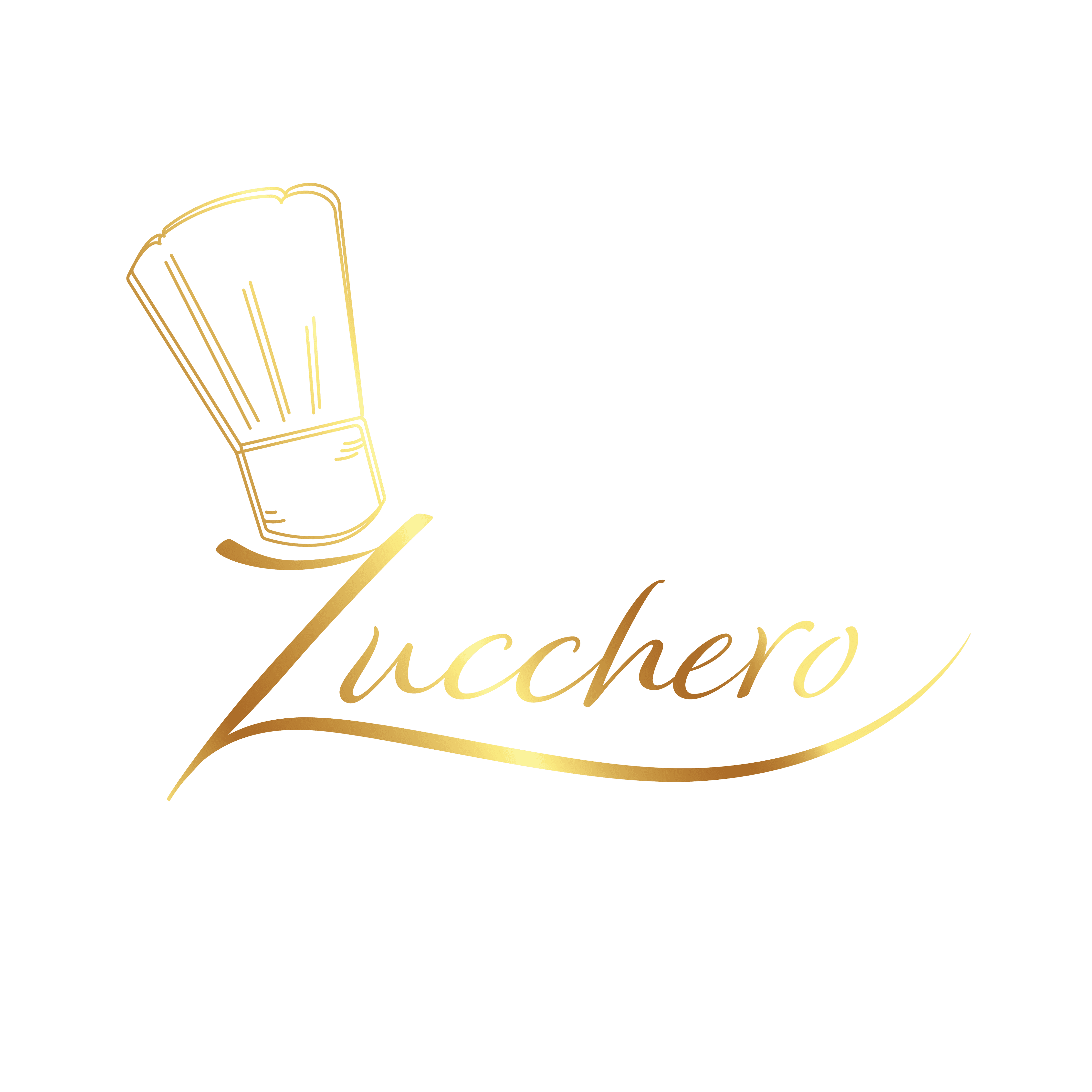
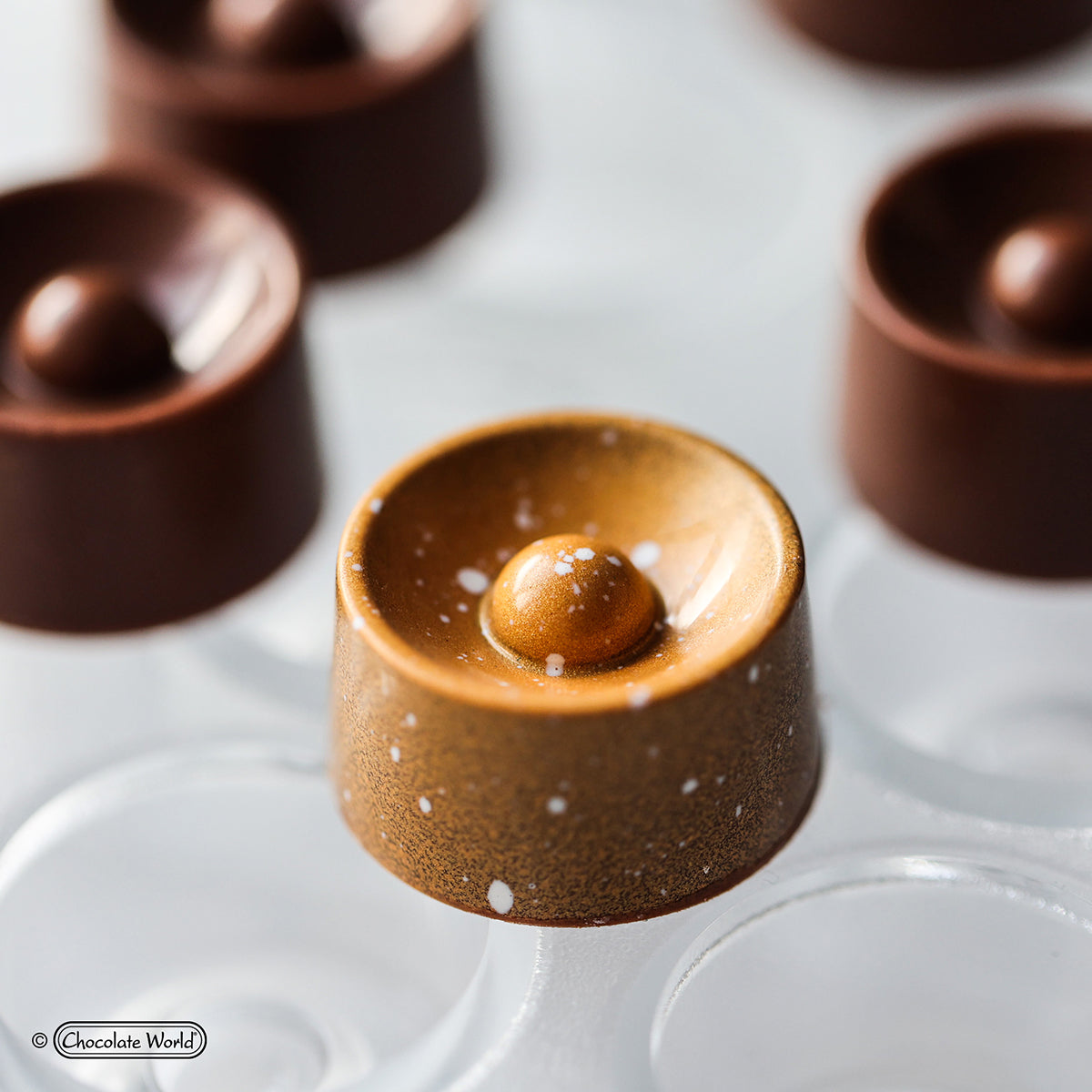
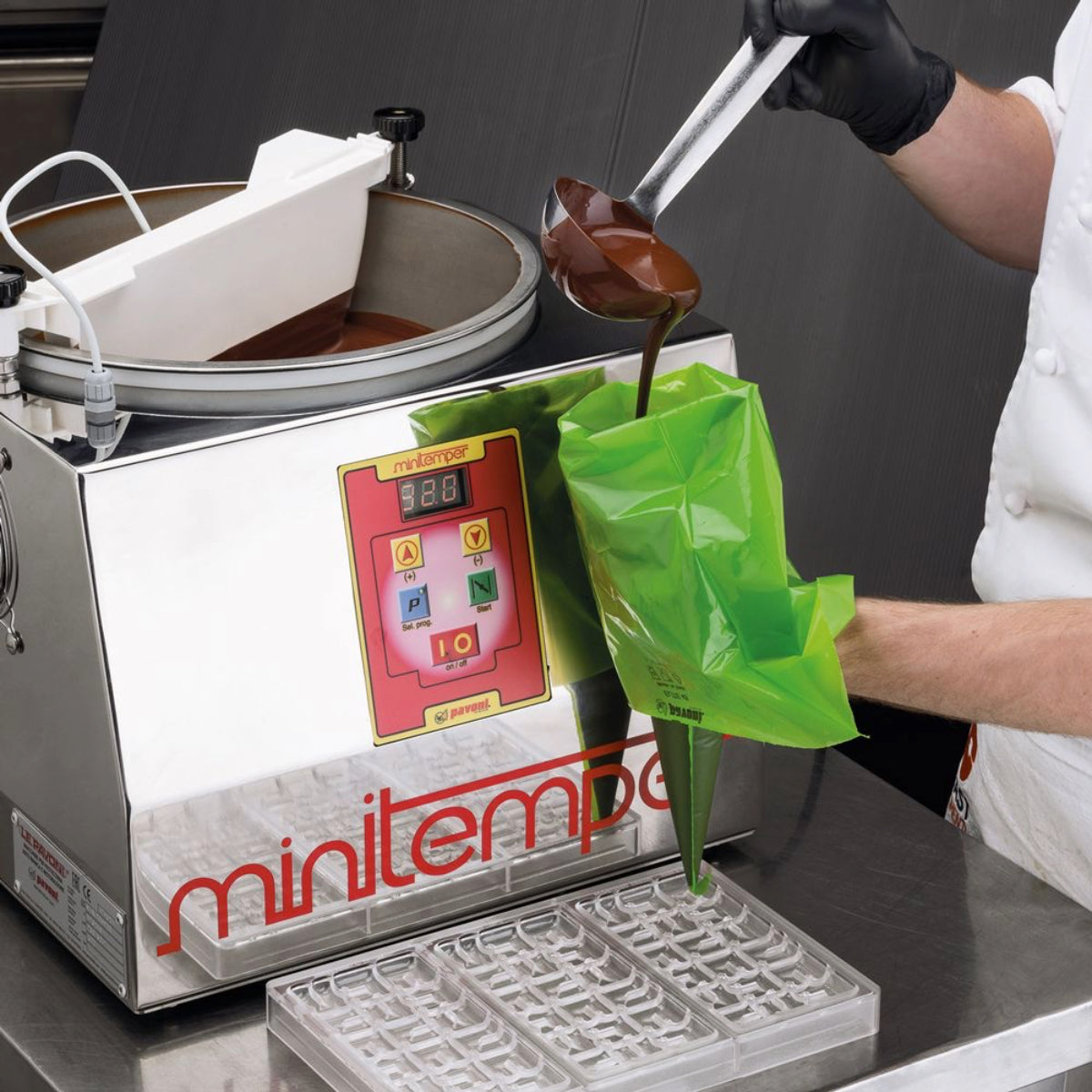
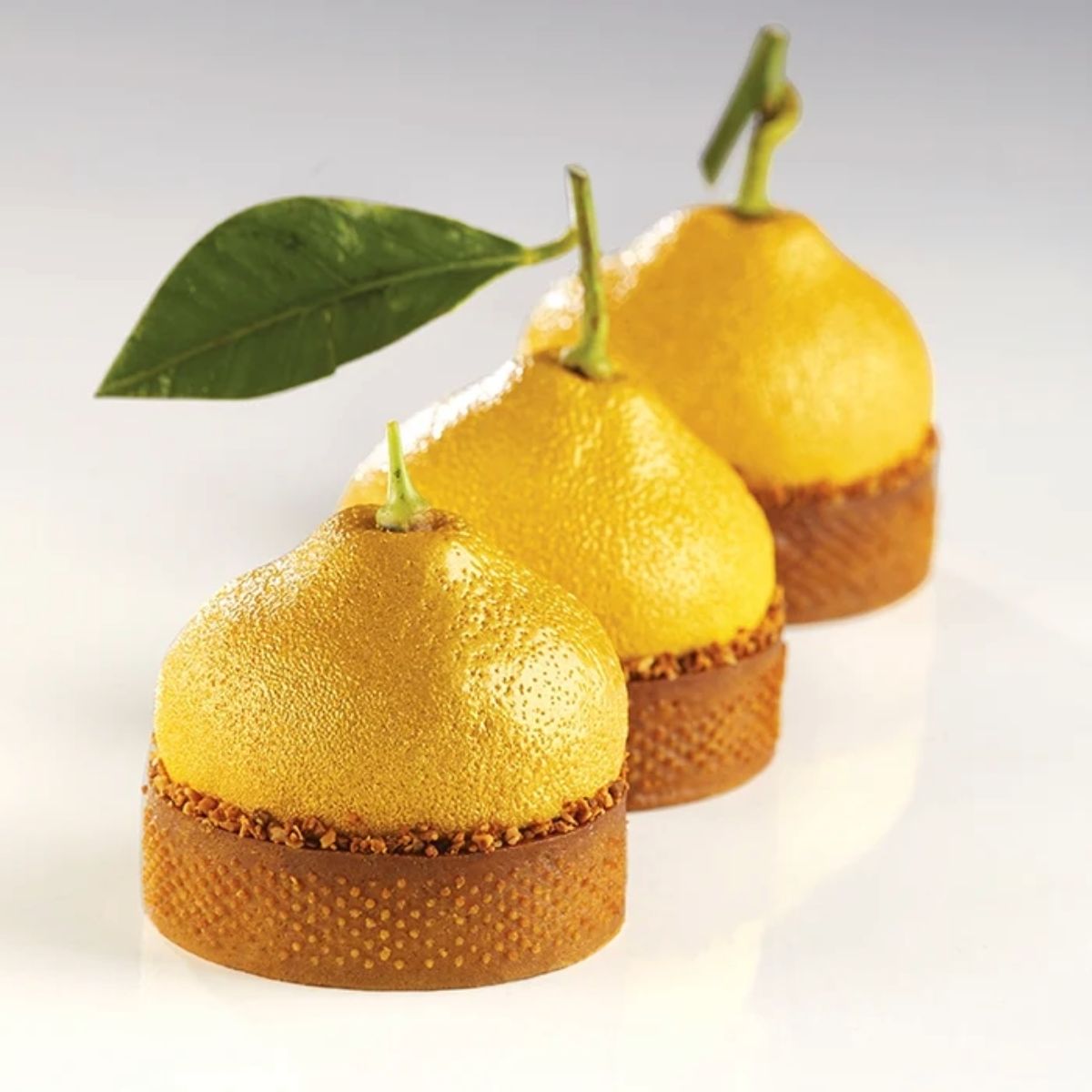
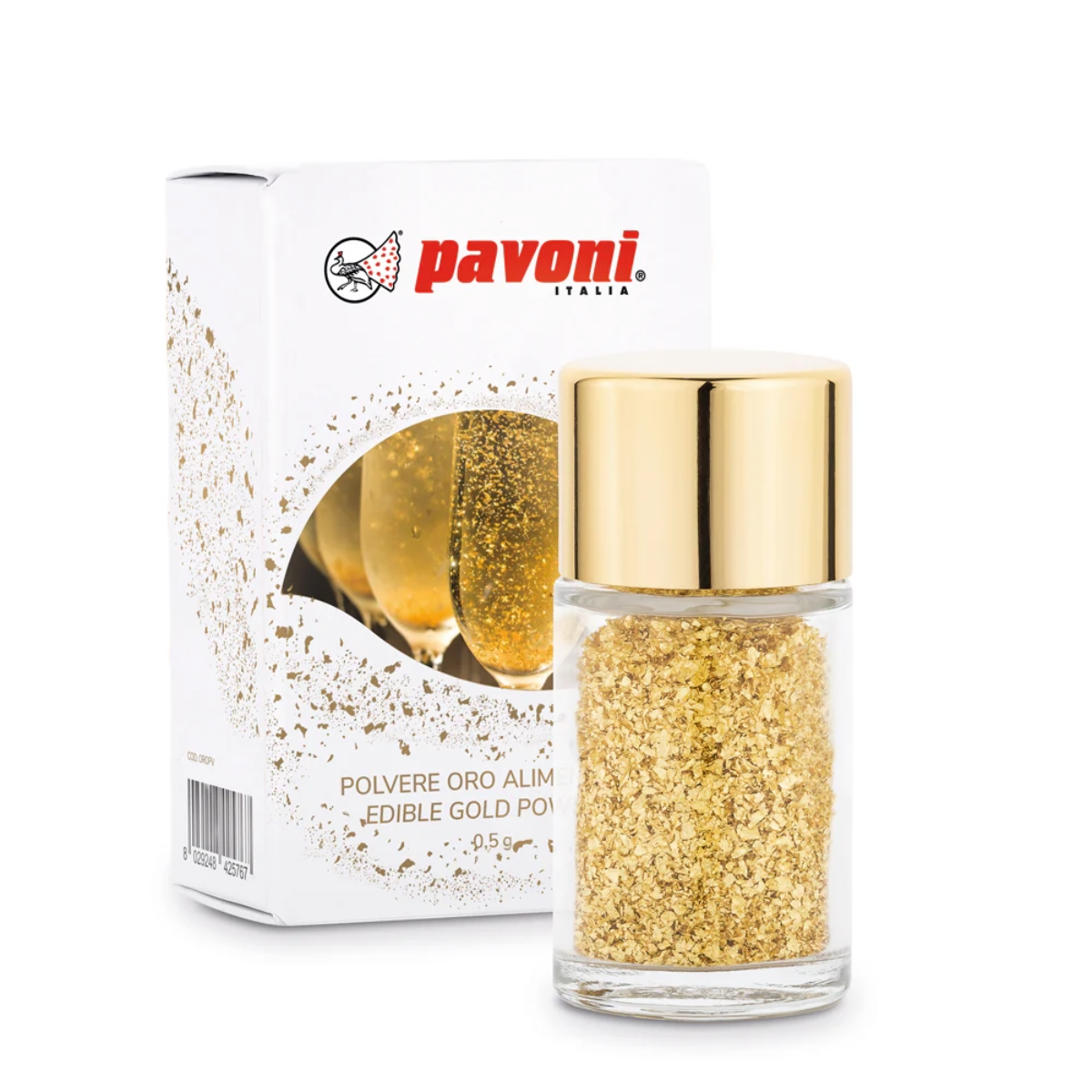
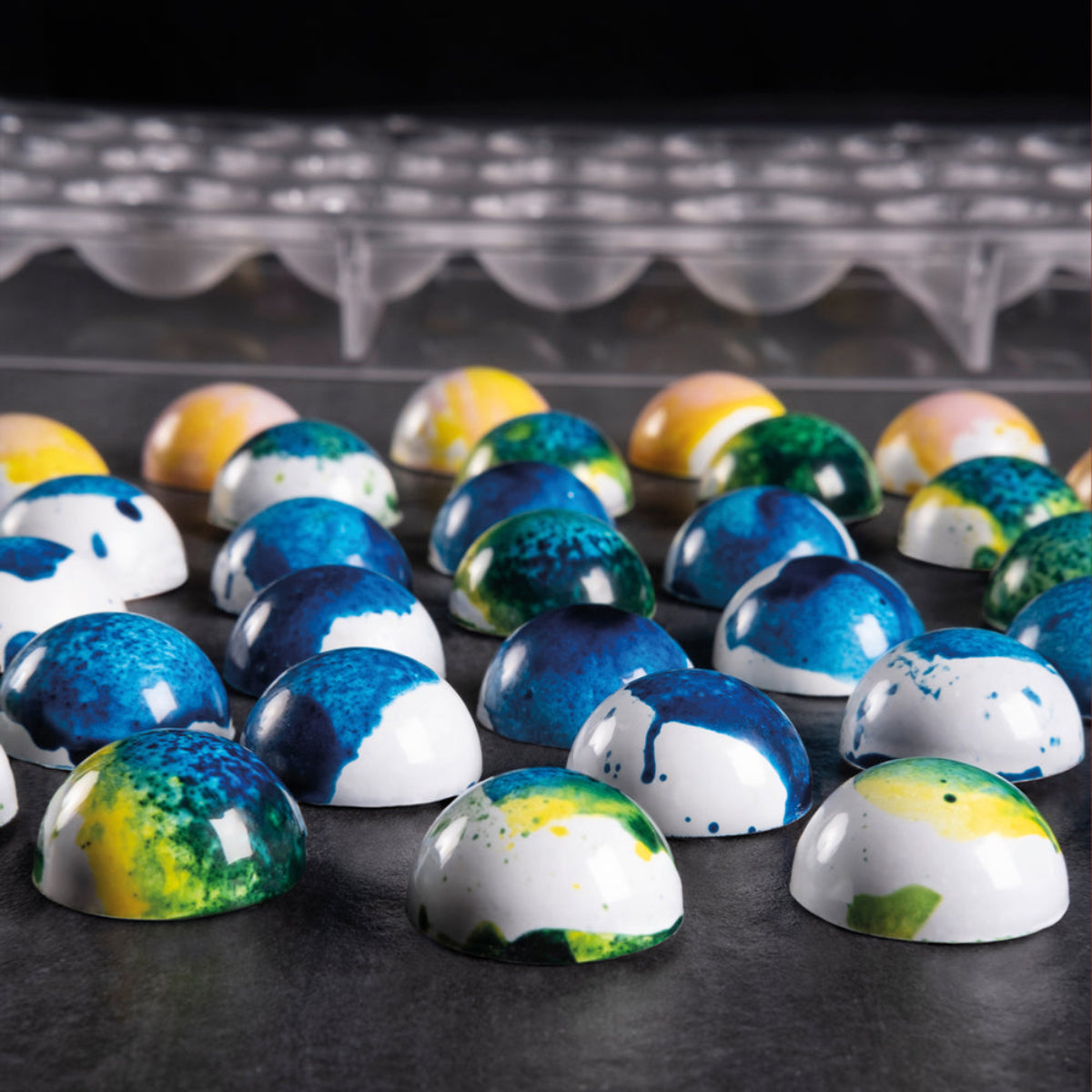



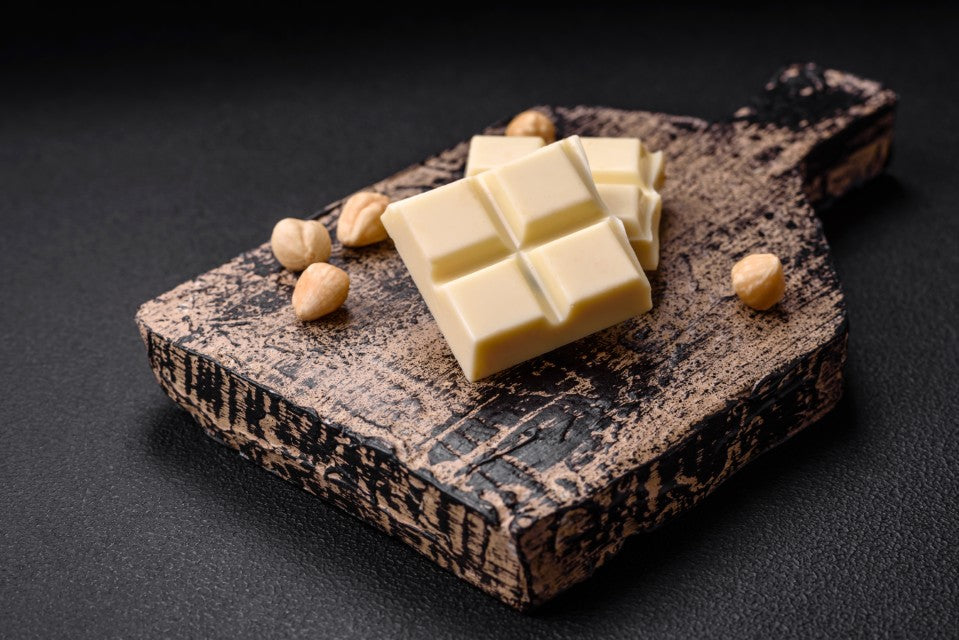
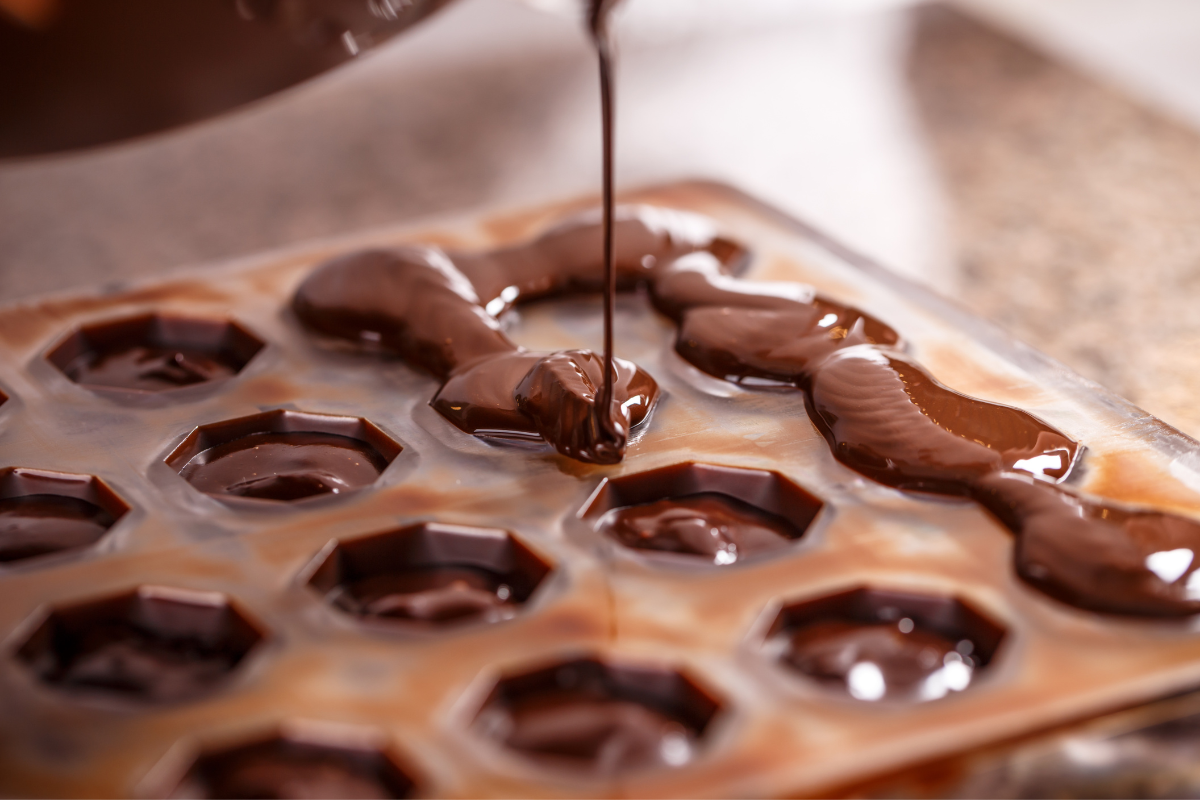
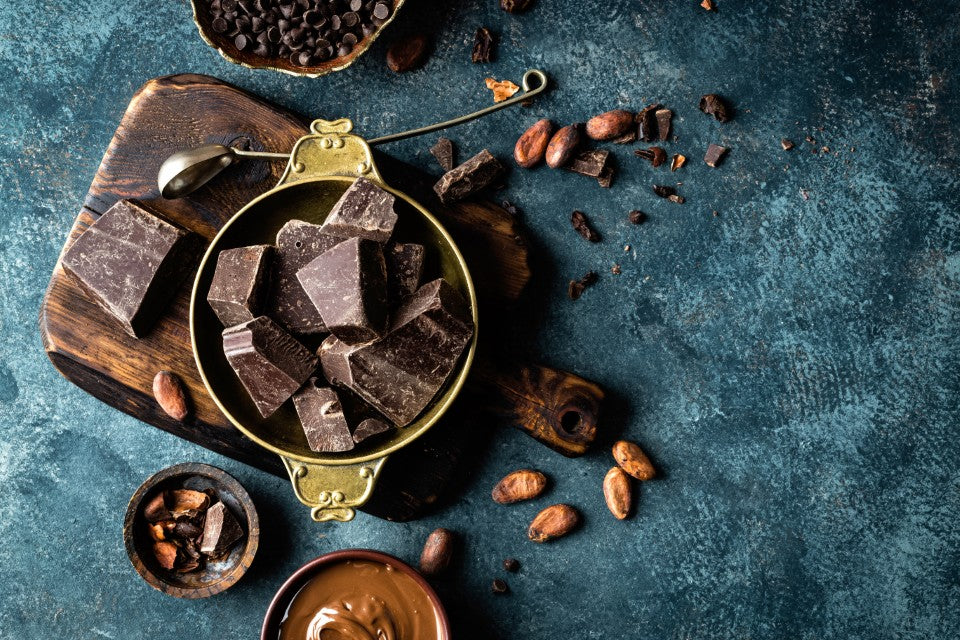


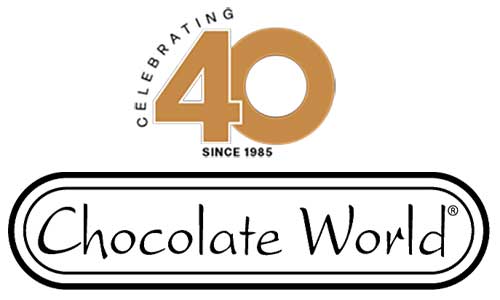

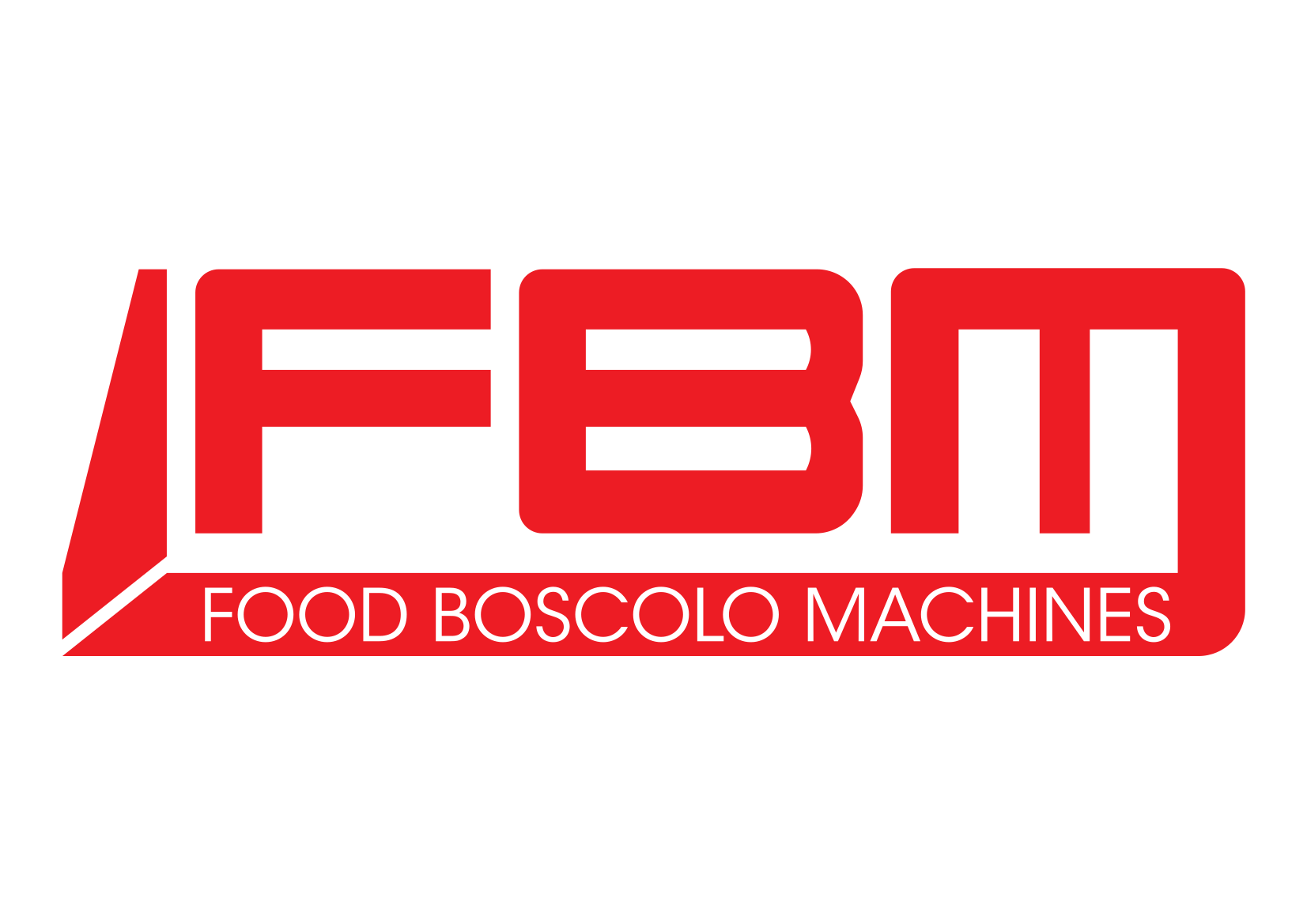
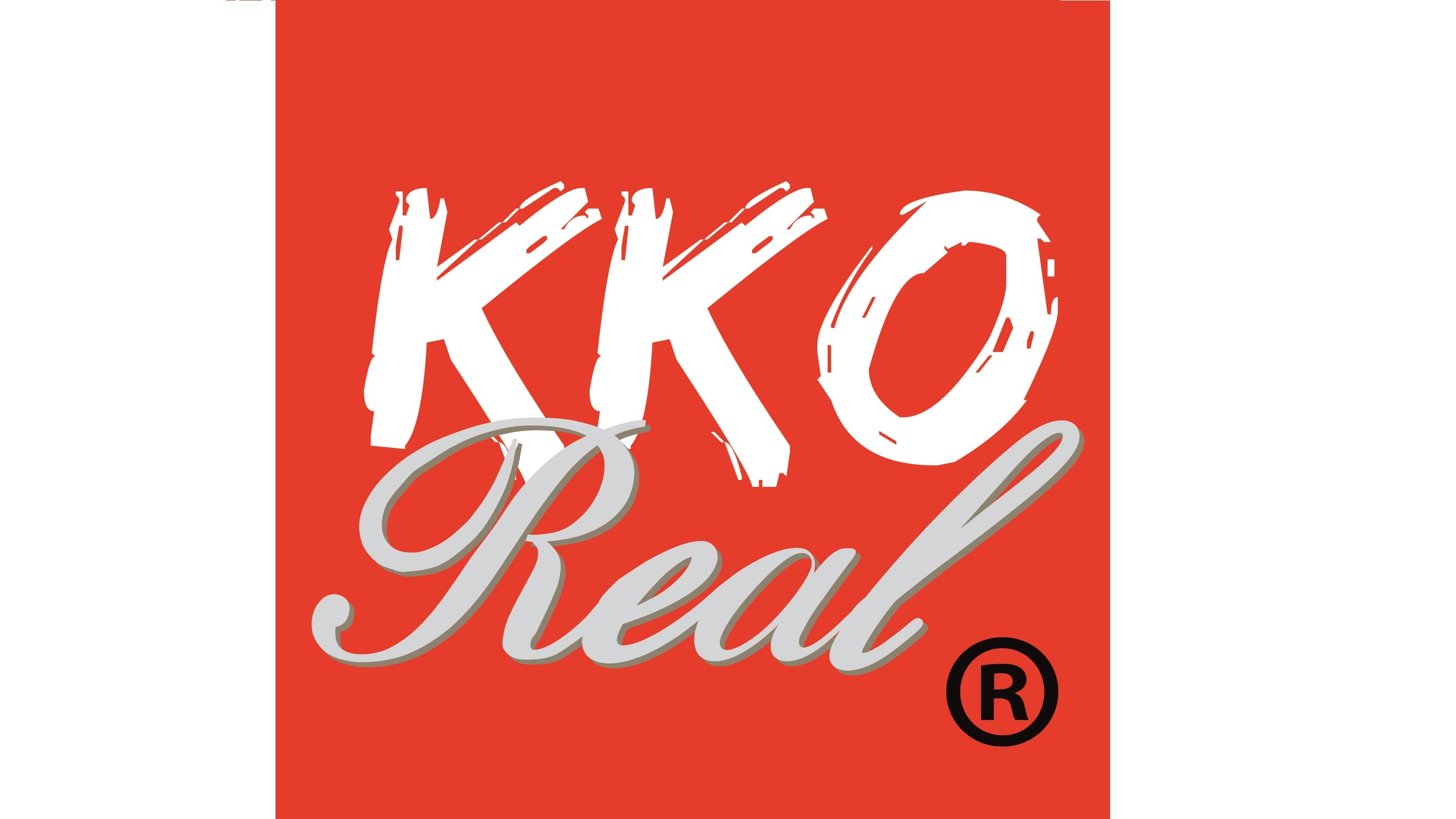

















Leave a comment
All comments are moderated before being published.
This site is protected by hCaptcha and the hCaptcha Privacy Policy and Terms of Service apply.